Park Scale Models NS-TKAT User manual
Other Park Scale Models Toy manuals
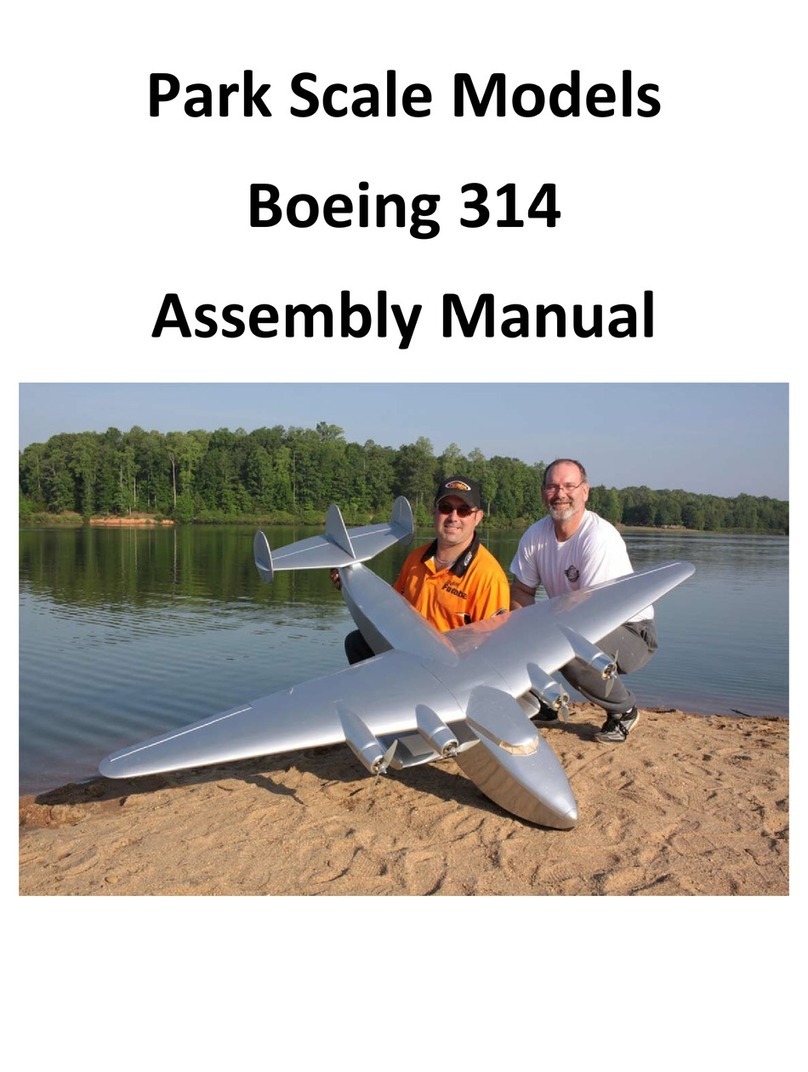
Park Scale Models
Park Scale Models Boeing 314 User manual
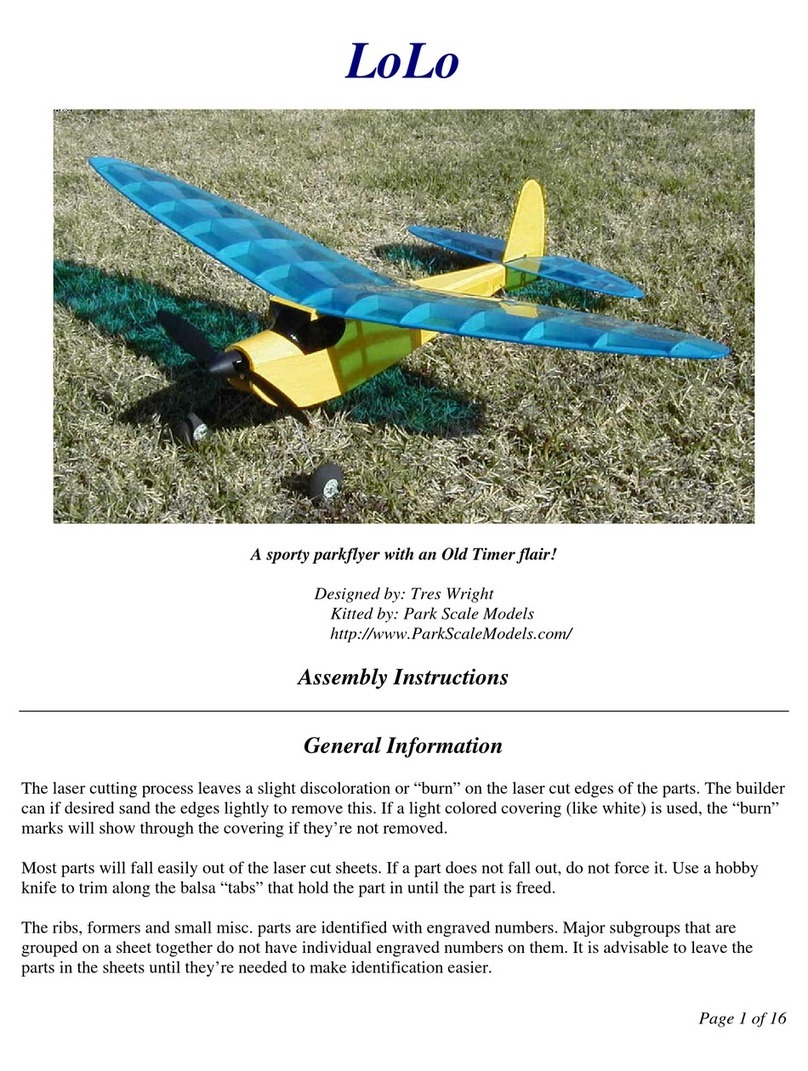
Park Scale Models
Park Scale Models LoLo User manual
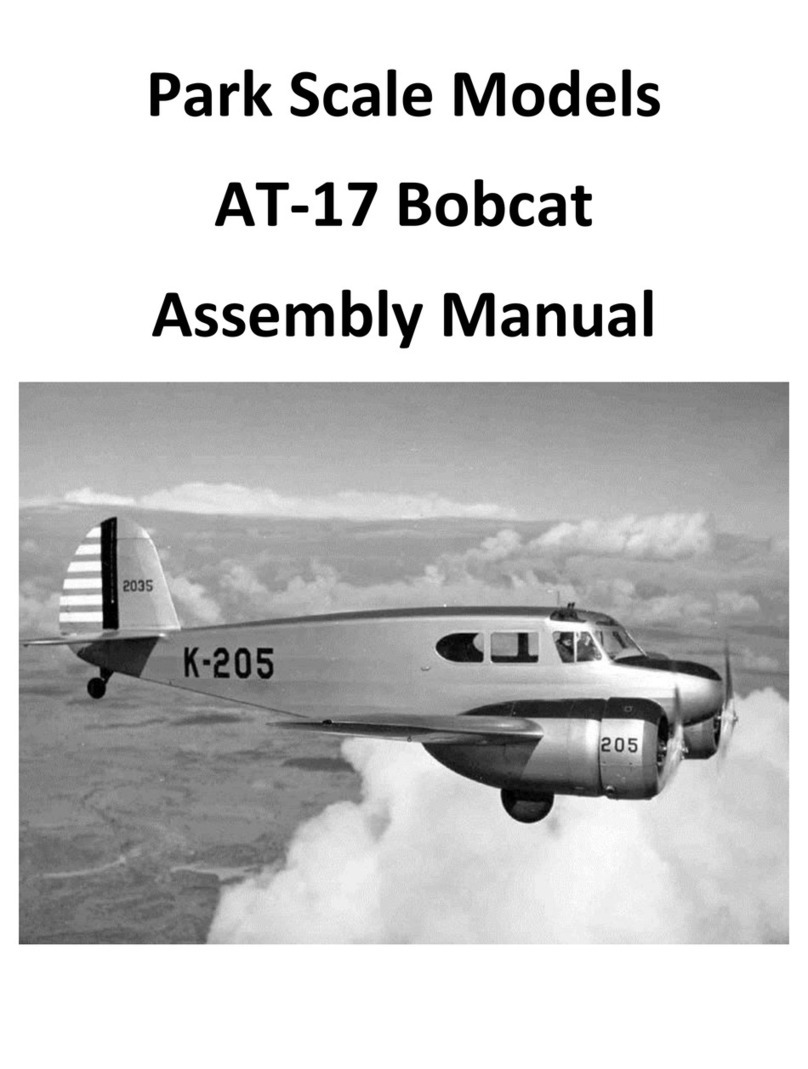
Park Scale Models
Park Scale Models AT-17 Bobcat User manual
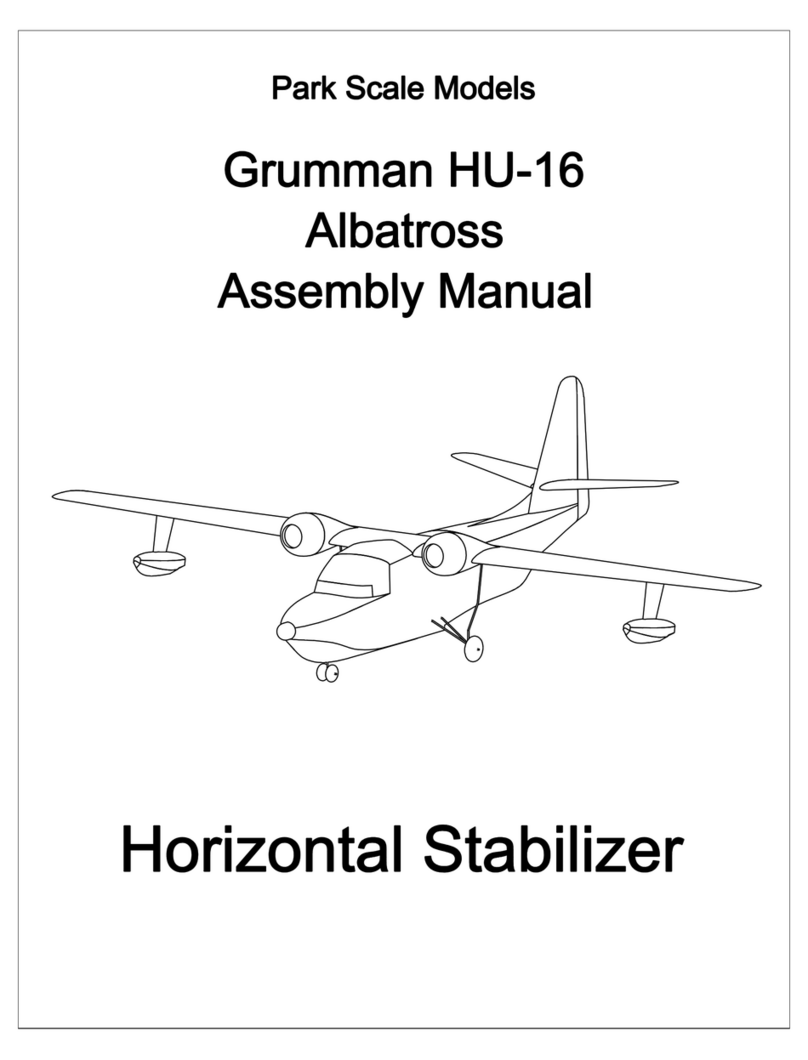
Park Scale Models
Park Scale Models Grumman HU-16 Albatross User manual
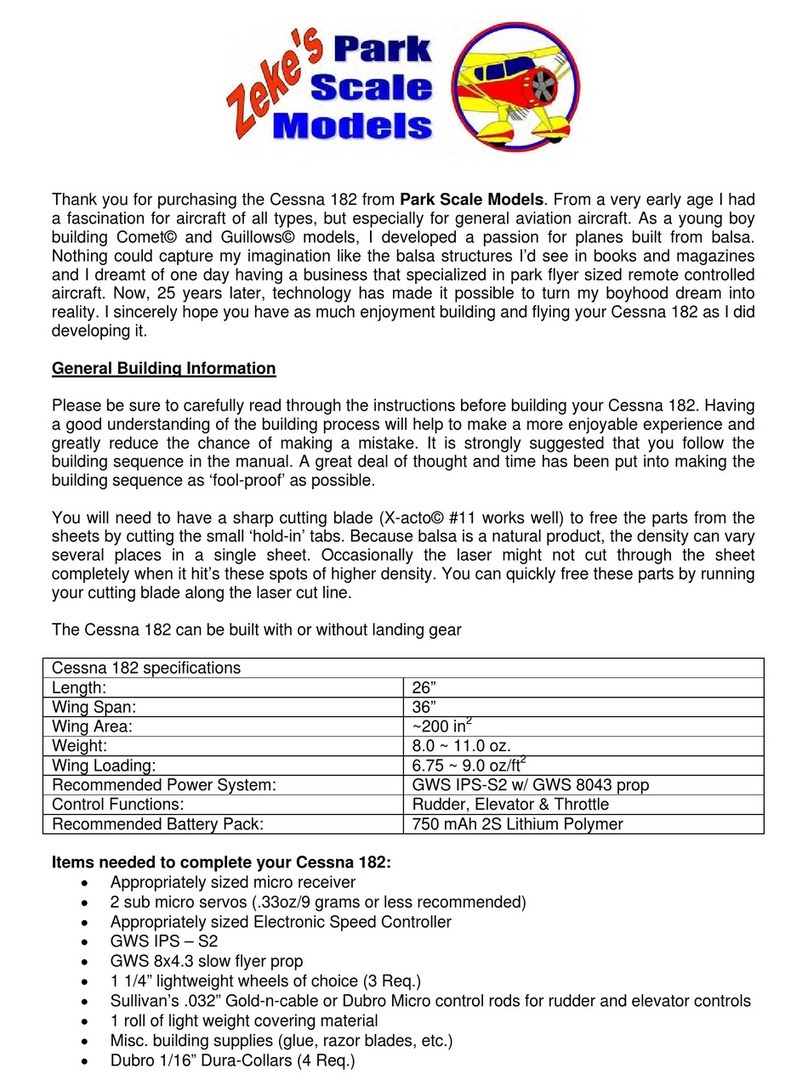
Park Scale Models
Park Scale Models Cessna 182 User manual
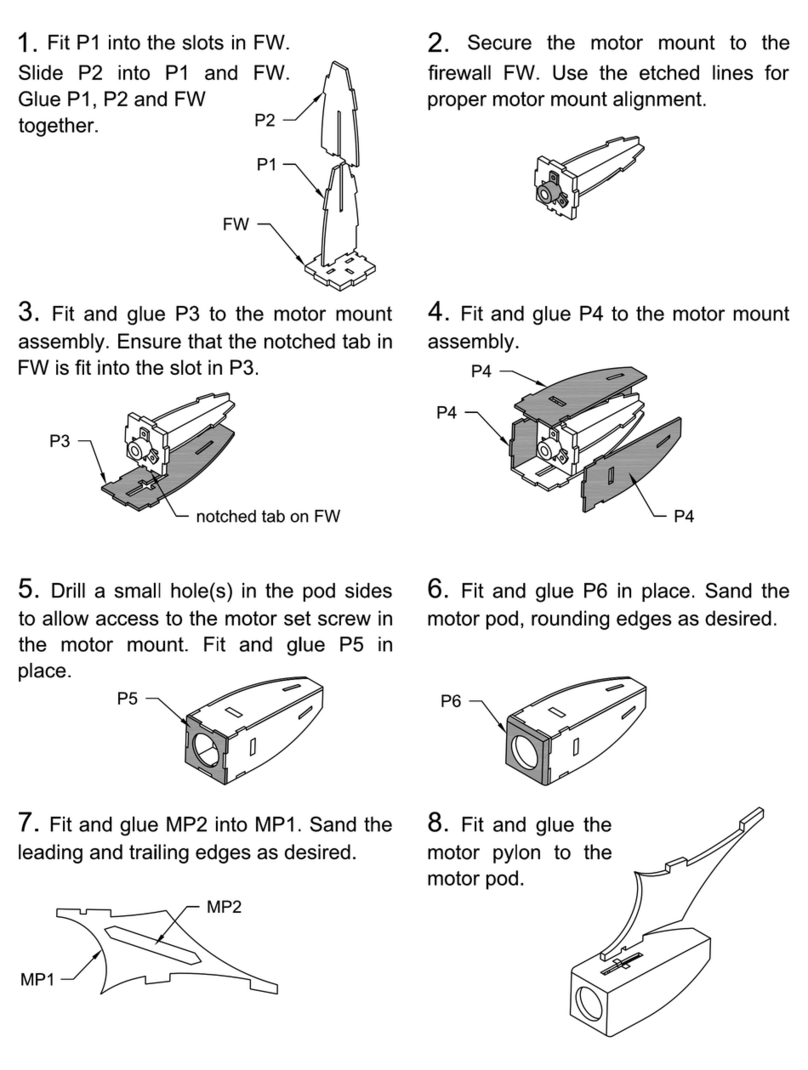
Park Scale Models
Park Scale Models Mini Drake User manual
Popular Toy manuals by other brands

FUTABA
FUTABA GY470 instruction manual

LEGO
LEGO 41116 manual

Fisher-Price
Fisher-Price ColorMe Flowerz Bouquet Maker P9692 instruction sheet

Little Tikes
Little Tikes LITTLE HANDIWORKER 0920 Assembly instructions

Eduard
Eduard EF-2000 Two-seater exterior Assembly instructions

USA Trains
USA Trains EXTENDED VISION CABOOSE instructions





















